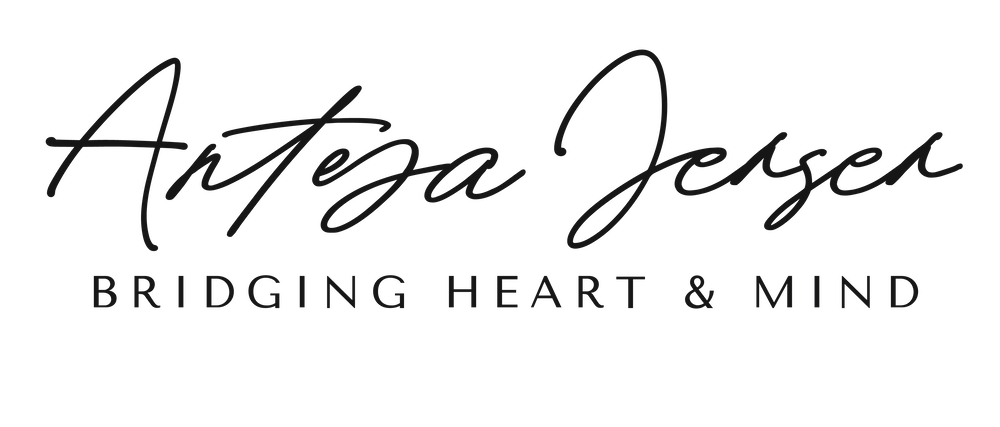What do you want?
What do you want?
When I ask people this question, they almost always tell me what they don’t want. Or, if they are sophisticated, they might tell me what they do want, but under the hood it’s usually informed by what they are most afraid of (pain).
These are called compensatory desires and they look like this:
I want freedom (because I feel trapped).
I want to be able to be myself (because I’ve been made to feel wrong for who I am my entire life).
I want material wealth (because I cannot cope with uncertainty).
I want structure and predictability (because I feel out of control without it).
The real truth is that if we have been severely traumatized, we very well may need some of these things for a time. Recovery from trauma is a real thing, and it takes the time it takes.
And.
True desire does not orient from fear. True desire does not require justification or defense. True desire also has nothing to do with our thought process.
Uninvestigated compensatory desires pull us toward empty outcomes where the core issue (the pain) will continue to haunt us no matter where we are or what we do.
When we begin the work of inquiring into WHY we do what we do and WHY we think we want what we want, and are really honest with ourselves, we often find out that our guiding compass is faulty. The thing we are chasing is either what we were told we should want (or modeled to us by someone we trusted who appears to have it all figured out, or by society), or driven from a fear of pain (and a fear of change/evolution).
This period of inner inquiry can feel disorienting and incredibly confronting. We are often attached and identified with our compensatory desires, and to question them, or to have new experiences which counter them but which are fulfilling in ways we could never have imagined, can feel like a part of us is dying.
So what to do?
When we look around, we often see “the before” and “the after,” but there is also an in-between need that facilitates a smooth adjustment into a new way of seeing ourselves and the world around us, and positions us to discover what we _really_ want.
We need to put in place “interim desires” that are supportive of the direction we are moving in.
Based on the above list, interim desires could look like this:
I want to free myself from any place I’ve been bound by my thinking.
I want to feel secure and strong in who I am beneath my self-image.
I want to learn to embrace uncertainty in my life with full faith.
I want to feel safe to not be in control.
With interim desires, the locus of attention shifts from “the what” to “the how," and they give you opportunities to embrace and digest pain so you are no longer governed by the fear of it.
There is an inevitable fallow period in this phase where what you truly want may be totally elusive. And that’s the point! There is enormous power in this not-knowing, as it helps you build the muscle of no longer being so reliant on your thinking to govern your life.
It gives space for your heart to begin guiding you.
True desire lives in your heart, and it cannot be manufactured. It emerges through thorough inquiry into our intentions and as a byproduct of direct experience.
The only way out is through.
